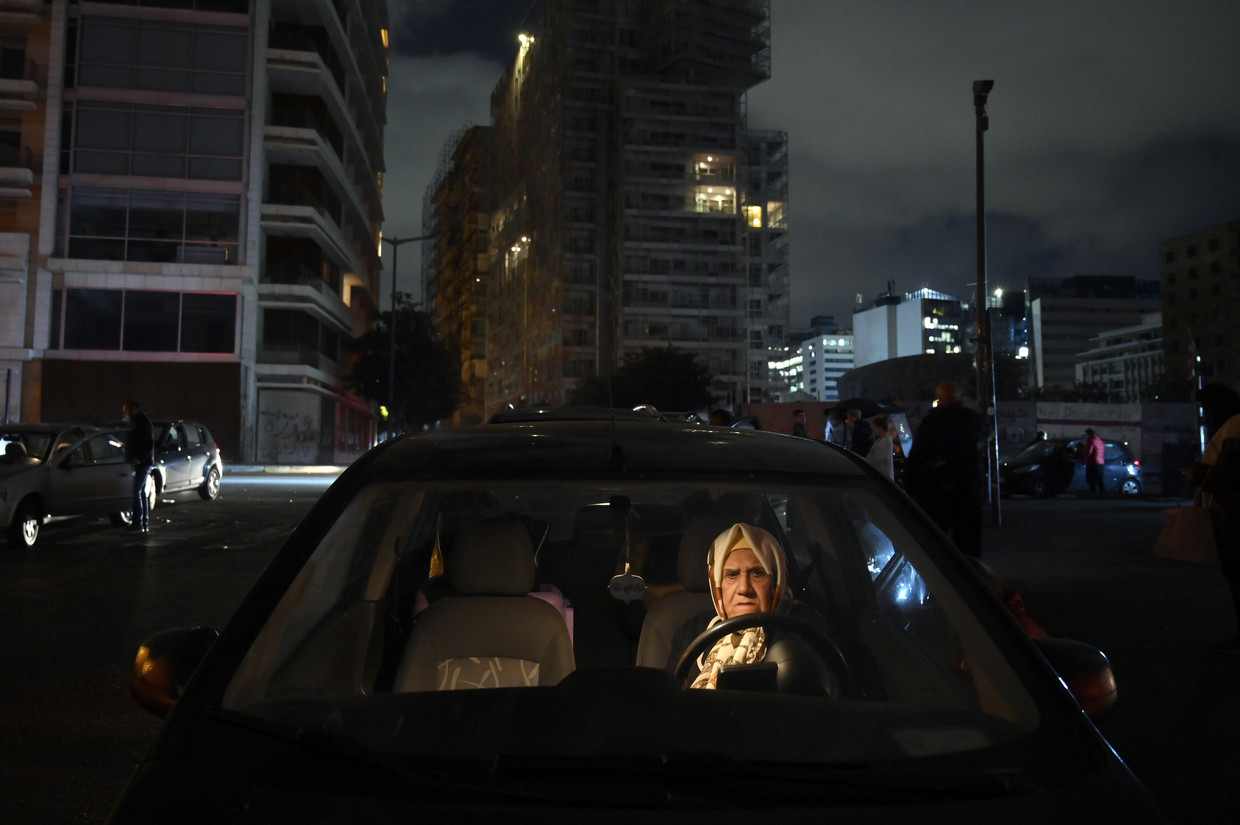
On Tuesday morning, it was announced that 11 people had died as a result of the earthquake: six in Turkey and five in Syria. This was reported by the Turkish Disaster Service AFAD and the Syrian Observatory for Human Rights. The number of wounded Turks was 294, and about 500 were wounded in Syria.
According to the Euro-Mediterranean Seismological Center (EMSC), the epicenter of the first quake was in the Turkish province of Hatay, 14 kilometers southwest of the regional capital Antakya and near the town of Defne. The earthquake occurred at a depth of about two kilometers. The second earthquake occurred near the coastal town of Samandag.
According to Reuters, the city of Antakya, with a population of about 200,000, suffered new building damage. Rescue services will launch and check for new victims. Local authorities in the city say they have received reports of people trapped under the rubble.
The mayor of Samandag, southwest of Antakya, told Reuters news agency that there was a power outage in his municipality. He fears a sea level rise of “fifty centimeters”. According to the mayor, one woman died and at least four people are still under the rubble. He says he needs tents to house people.
“Really intense”
Dutch Esther Cave, who was living in Amsterdam, was near Bury at the time of the earthquakes. On Sunday, she and her team landed in Istanbul, and on Monday afternoon she arrived in Hayta to help the Animal Heroes Foundation that had just been created on her behalf rescue the animals.
“Half an hour before the earthquake, we were still on the fifth floor of a half-broken, but still stable building to rescue a cat. Luckily, we had just left and went back to our camp to treat a little dog when that earthquake happened. I had never experienced that.” And I thought, ‘It must be a little shock,’ but it lasted a long time and got worse. In the meantime, we all heard people screaming and a lot of noise of falling debris and collapsing buildings. While there were still many buildings standing. It was really intense.”
Together with her team, Kef helps Turkish animal rights organizations save animals. They have about four hundred addresses at which pets are said to be, but they do not have enough manpower to visit all of them. And that’s what we’re doing now with organizations from other countries.”
It says the Dutch were still in Ukraine getting emergency aid in September. “And it was intense, but this is beyond your imagination. We are all shocked by all the misery we see here. All the buildings are badly destroyed. Animals come here every hour. I’m still shaking, my knees are shaking so much. You feel the earth moving under your feet and it’s very scary.” .
“It seemed as if the earth was opening up.”
Muna al-Omar, a resident of Antakya who was in a tented camp at the time of the quake, told Reuters: “I thought the earth would tear under my feet. Will there be another aftershock?” Panic among the already affected population also caused large clouds of dust in the city. He saw and heard several parts of the walls of an already severely damaged building collapsing and several apparently injured people calling for help.
The emergency service is asking residents not to enter the damaged buildings and to stay away from them.
The earthquake was also felt in Syria, Egypt and Lebanon. A resident of Afrin, Syria, said in a message that “everyone has now taken to the street again.” “I felt that the earthquake was as strong as the previous one. The buildings were going to collapse again in the town of Jandris.” Agence France-Presse also reported that the collapsed buildings in Syria.
severe earthquakes
Two weeks ago, on February 6, two powerful earthquakes hit Turkey. This resulted in severe damage and many deaths in southern Turkey as well as in northern Syria. Hatay is one of the provinces hardest hit by previous earthquakes and many buildings are already in ruins.
The death toll after those first earthquakes (and the many aftershocks that followed) is now at least 46,000 in both countries combined. This number is expected to rise further, as many victims are still buried under the rubble. After the two powerful earthquakes, about 6,000 aftershocks have already occurred, reports the Afad-based news agency Afad.
On Sunday, Turkey suspended rescue efforts in all provinces except Hatay and Kahramanmaraş. On Monday, President Recep Tayyip Erdogan visited Hatay province, where thousands of buildings have already collapsed from previous earthquakes. There he promised that construction of new homes would begin next month. In Syria, ravaged by civil war, rescue and relief work is progressing with difficulty.
Defensive aircraft of the Netherlands
The Dutch Ministry of Defense reported on Twitter that a Dutch defense plane helped victims of the recent major earthquake that hit Turkey on Monday night. There are a total of thirty patients.
The Dutch plane has been in Turkey since February 10, transporting patients from the disaster area to hospitals in the Turkish resort of Antalya and the capital, Ankara. The aircraft has been converted into a flight infirmary for this purpose. The plane aims to transport people from the disaster area for a period of two weeks.
Earlier today Turkey was hit again by two earthquakes.
C-130 model @employee Tonight, it was the first to arrive in Adana to transport 30 patients. Help was called around 7:30pm, and they were on site around 9:30. pic.twitter.com/ONvFQ2K09K– Ministry of Defense February 20, 2023

“Infuriatingly humble social media buff. Twitter advocate. Writer. Internet nerd.”








